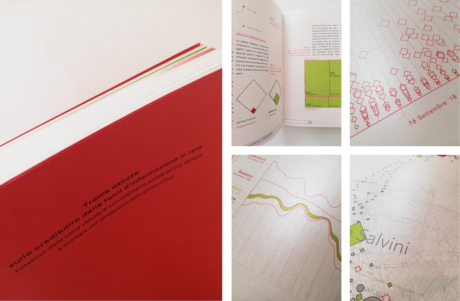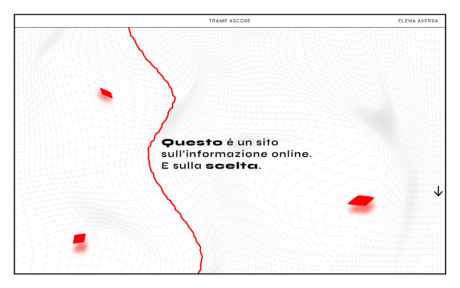
Abstract
Challenges relating to trust and reliability of information are remarkable issues in the digital society we are living in. The strong proliferation of online contents and their real-time-based paradigm are, on one hand, fostering a wide democratization in the access to information. On the other, this overflow of knowledge contributes to actual cognitive clutters, as for instance information overload: the more choice I have the less I can digest it.
It is especially true for Social Networks: environments where users are given the freedom to produce and consume information and instantly share it with other individuals in their digital network. The approach is of a horizontal and symmetrical communication; but is symmetrical connection ethical and trustworthy? Such free and rapid flow of contents is a fertile ground for the spreading of inaccuracies and fraud material.
This thesis aims attention at the circulation of disinformation phenomena through the Italian Facebook network.
Which sources are involved in producing it? And which others are instead consuming disinformation? Is it possible to pinpoint common patterns of relationships among those sources? And if yes: what impact is the audience exposed to?
The research is based on a protocol-like structure: all the process is arranged into connected and clear phases, making it easier for the readers to check the findings and to adapt the whole system -or parts of it- to a different situation.
All the results are collected into the website Trame Ascose, and translated into interactive charts and visual strategies. The strategies serve as solid advices for the users to discover the disinformation distribution patterns and to develop a critical view of the information shared on Facebook. The aim is to uncover hidden motifs: a new ethic consciousness in using and interpreting social media and the risks involved when keeping up with the news.

Printed version of the thesis
Prototype

Prototype version of the website: https://bit.ly/2Uk4MZk

